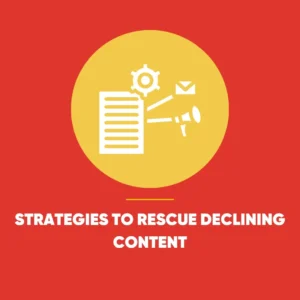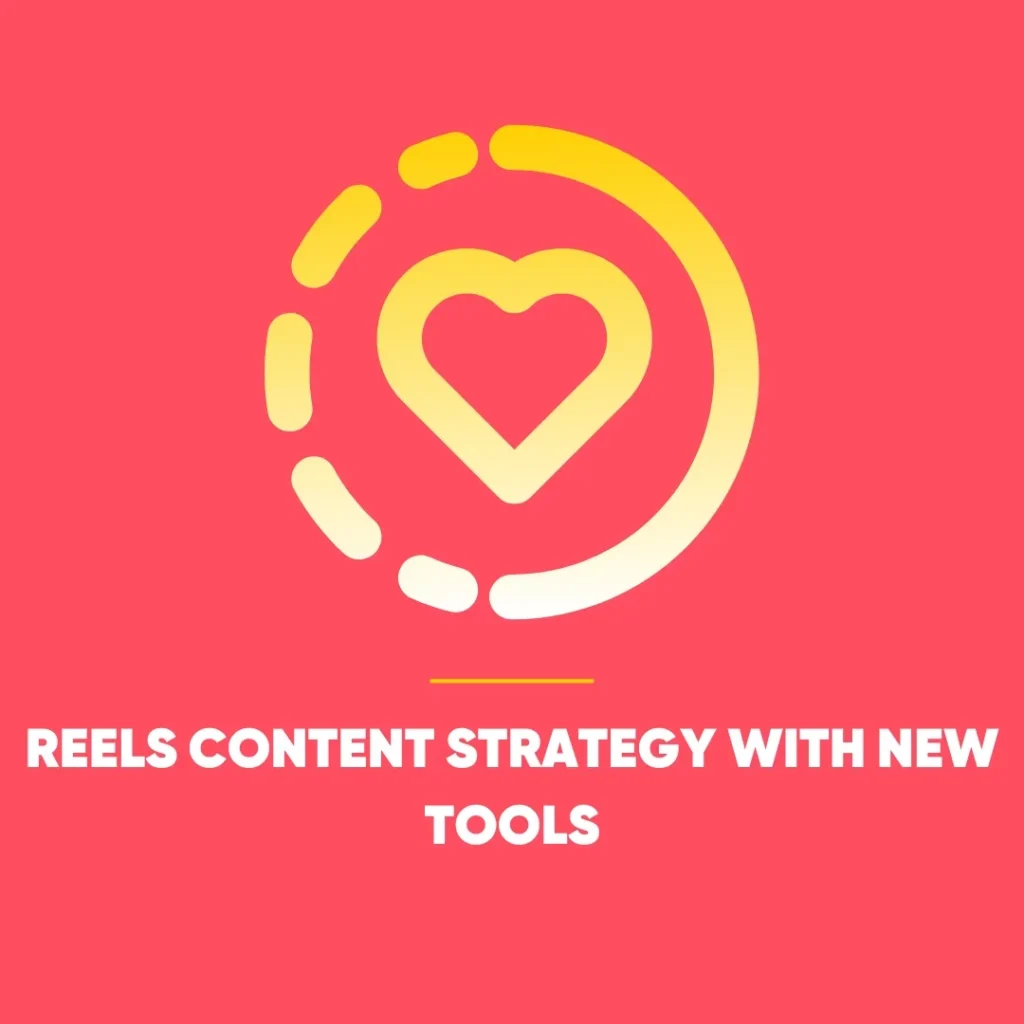Revive Old Content for SEO Clarity
Revive old content by updating SEO, refreshing insights, and making it relevant again to boost traffic and engagement. It may have generated leads, engagement, and visibility. But now? Crickets. The numbers have dropped, and what once felt like a content success story is slipping into irrelevance.
This is what’s known as content decay – a slow, often silent decline in content performance that affects search rankings, organic traffic, and overall engagement. The positive news? It’s entirely fixable, and more cost-effective than constantly producing new content from scratch.
Let’s explore what content decay really is, how to recognise it before it impacts your site significantly, and what you can do to turn it around.
What Is Content Decay?
 Content decay refers to the gradual decline of a piece of content’s visibility, relevance, and effectiveness over time. It manifests as a drop in search rankings, reduced organic traffic, lower click-through rates, and diminished conversions.
Content decay refers to the gradual decline of a piece of content’s visibility, relevance, and effectiveness over time. It manifests as a drop in search rankings, reduced organic traffic, lower click-through rates, and diminished conversions.
This decline isn’t necessarily because the content is inaccurate or poorly written. More often than not, it’s due to shifting user interests, evolving search algorithms, or increased competition in the digital space.
Not Just About Age
It’s tempting to believe content decay simply comes down to ageing content. But it’s more nuanced than that. Content can still be factually accurate and yet lose traction because user intent has changed or competitors have produced more thorough, up-to-date material.
Search engines pick up on these changes in user behaviour. If people are bouncing off your content quickly, not sharing it, or failing to convert, it sends a clear signal that your content is no longer meeting expectations – and down the rankings it goes.
Why Content Declines Over Time: Revive Old Content
The reasons content performance dips are varied, but they often boil down to one core issue: the digital landscape never stays still.
Shifts in User Behaviour
What audiences care about today may not be what they cared about six months ago. Interests evolve, new technologies emerge, and expectations increase. For example, the popularity of “how to burn CDs” articles fell off a cliff when music streaming became the norm. Similarly, an article on 2019’s social media trends isn’t going to be especially relevant in 2025.
Algorithm Updates and AI Disruption
Google’s frequent algorithm updates can also shake things up. Pages that once ranked well might get pushed aside by content that better matches new ranking factors or AI-powered features like AI Overviews, which aim to answer user queries directly in the search results – sometimes without users needing to click at all.
Stiffening Competition
The content space is more saturated than ever. If rivals are publishing longer, better-optimised content with videos, infographics, or first-hand insights, they’ll have an edge. Your piece may still be good – just not good enough anymore.
Cannibalisation Within Your Own Site
Sometimes, the culprit lies within: revive old content to restore value, rather than attributing every issue to external factors. If your site hosts multiple pieces targeting the same topic or keyword, they could end up competing against each other – diluting your SEO strength and confusing search engines about which one to prioritise.
How to Identify Content Decay Before It’s Too Late
The decline tends to happen gradually, which makes it tricky to spot. But there are clear warning signs for those who know where to look.
Traffic and Ranking Drops
One of the most obvious indicators is a consistent drop in page visits or keyword rankings over several months. This is where SEO tools become invaluable.
- Google Search Console is a strong starting point. Check the “Performance” report and filter for individual URLs. If impressions and clicks are down – or average position has slipped – that’s your first red flag.
- SEMRush and Ubersuggest also offer traffic trend reports, keyword monitoring, and visibility tracking tools. SEMRush’s “Cannibalisation Report” is particularly useful for spotting internal competition between similar content pieces.
Outdated Information
Take a close look at whether your content still reflects the latest data, trends, or best practices. Has the information aged poorly? Are the tools, examples, or case studies still relevant?
Declining Engagement Metrics
Beyond traffic, examine bounce rates, time spent on page, and conversion performance. If users are leaving quickly or not progressing down the funnel, something’s clearly off.
Strategies to Rescue Declining Content: Revive Old Content
 The good news is that declining content doesn’t need to be discarded. If it performs well once, there’s every chance it can do so again with the right refresh. Here’s how to breathe new life into it.
The good news is that declining content doesn’t need to be discarded. If it performs well once, there’s every chance it can do so again with the right refresh. Here’s how to breathe new life into it.
Refresh and Optimise for Modern SEO
- Update metadata: Rewrite your title tag and meta description to better match current search intent.
- Adjust keyword usage: Ensure your main and secondary keywords are still relevant and reflect how people search today.
- Improve on-page elements: Rework headers (H2s, H3s), restructure your paragraphs for better readability, and optimise internal linking.
Add a Video
Embedding a short, informative video – such as a tutorial or quick summary – can increase dwell time and reduce bounce rate, which are both positive signals for SEO.
Include a Table of Contents
Especially for longer articles, ‘revive old content’ strategies like a clickable table of contents enhance user navigation and control.
Implement FAQ Schema
Adding structured data such as FAQ schema helps your content appear in rich results and AI-assisted search features, boosting visibility and click-through rates.
Inject Expertise and Depth
Enhance the authority of the content by adding expert insights, original research, or real-world case studies. Depth signals trustworthiness – and that matters to both readers and search engines.
Prune and Consolidate
Trim any parts that are outdated, repetitive, or irrelevant. If you have similar articles competing for attention, merge them into a single, more comprehensive piece that consolidates authority and keyword strength.
Re-promote Strategically
Once updated, don’t let your content sit idle. Share it across social media platforms, reintroduce it in email campaigns, and create fresh backlinks by linking from newly published blogs or newsletters.
Preventing Content Decay in the Future: Revive Old Content
Fixing existing content is vital, but so is prevention. Here’s how to keep your content from decaying again:
- Set up regular performance reviews using SEO dashboards.
- Schedule content audits every 6–12 months to refresh outdated posts.
- Track algorithm updates and industry trends to stay ahead of relevance shifts.
- Diversify content formats to reach broader audiences and reduce dependency on traditional blog formats.
Final Thoughts
Content decay might feel discouraging, but it’s not the end of the road. In fact, it’s a natural part of content lifecycle management – and often a signal that your audience, competitors, or the digital environment has evolved.
Instead of rushing to replace underperforming content with brand-new articles, take a more strategic approach. Assess, optimise, and re-promote. Not only is this more cost-effective, but it also allows you to build on existing authority and historical performance.
Digital marketing is rarely a “set and forget” game. The brands that thrive are those that treat content like a living asset – worth maintaining, evolving, and adapting over time.









